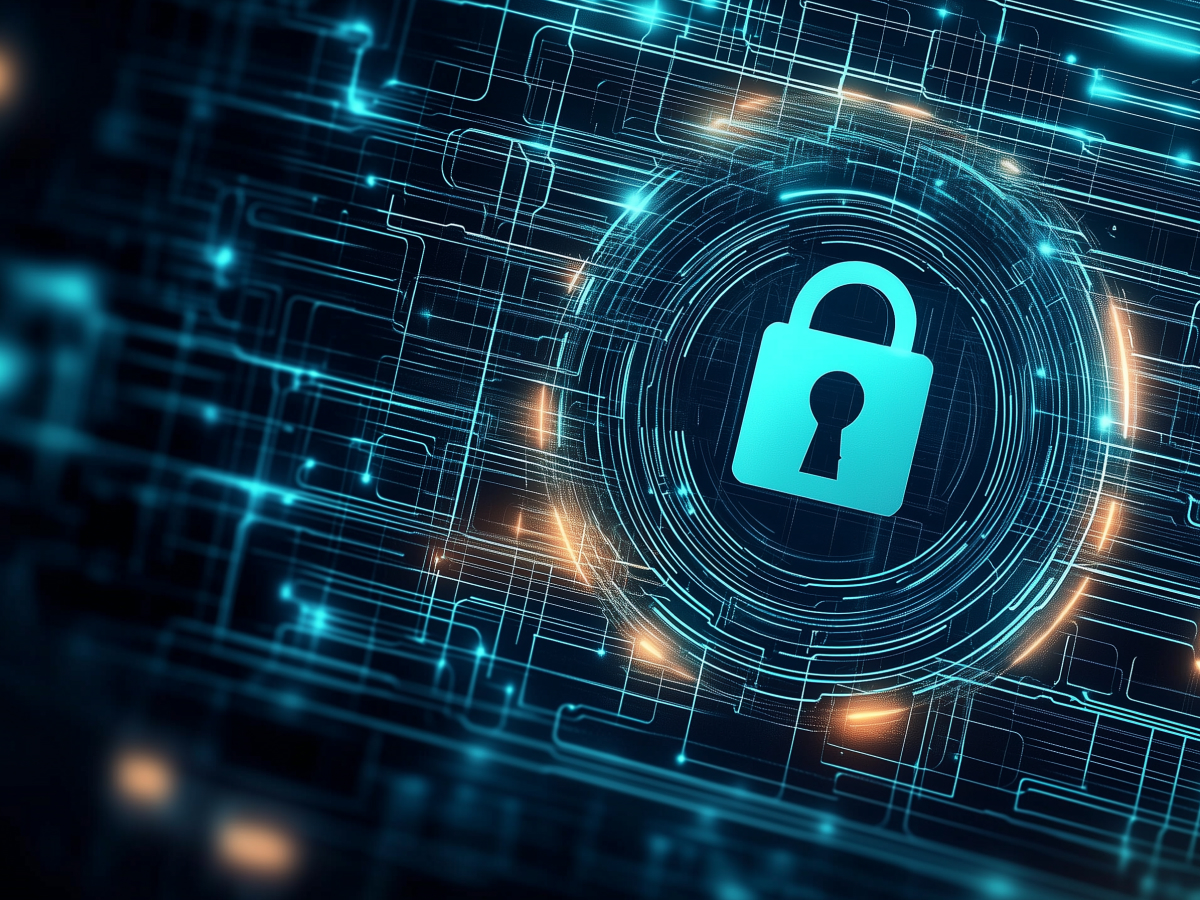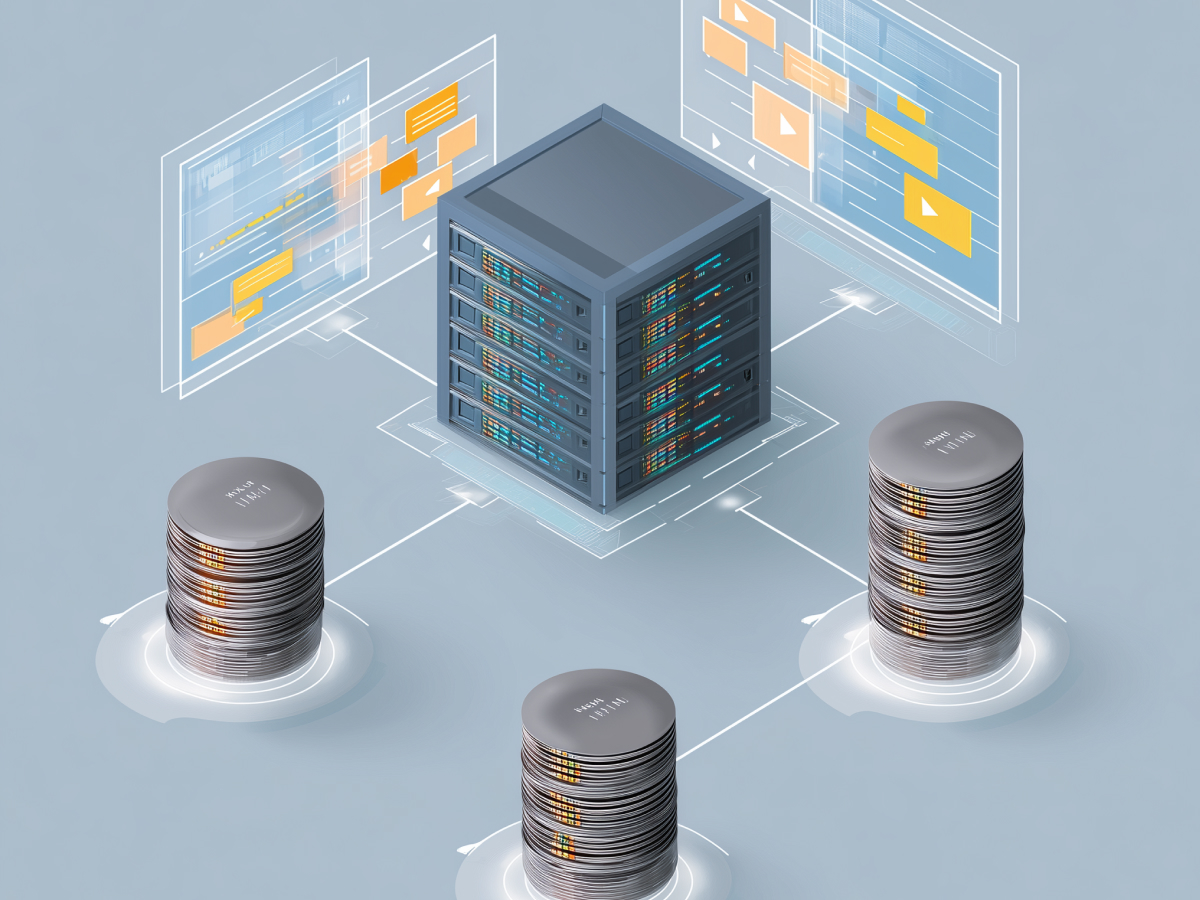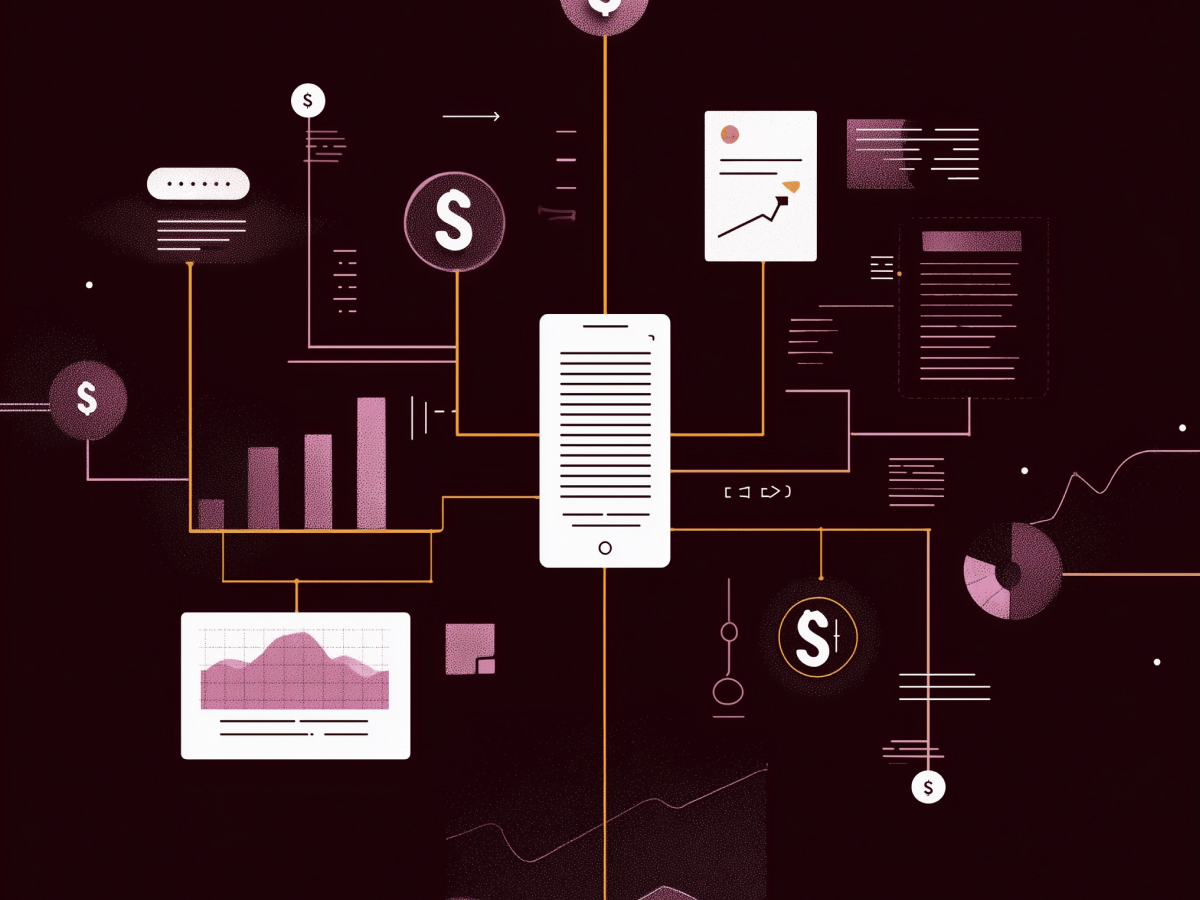Cybersecurity urgently needs a paradigm shift
Most organizations are clinging to outdated technology solutions because they’re familiar. But familiarity is complacency. When cyber threats change faster than the platforms we rely on, it’s important to challenge our assumptions. Why do we default to the same vendors, the same platforms, and the same operational workflows? Because they’ve “always worked”? That’s a dangerous mindset.
Rethinking cybersecurity is a wholesale paradigm shift. It means considering alternatives that fundamentally change how security and workflows operate. Imagine moving away from legacy systems to platforms designed for resilience from the ground up.
And yes, change is expensive. Training your workforce on new systems, rethinking processes, and restructuring workflows is an investment. The payoff will be a more resilient organization, an engaged and knowledgeable team, and a competitive edge.
Multi-Factor Authentication (MFA) should be mandatory
If you’re still using systems without comprehensive multi-factor authentication, you’re handing attackers the keys. MFA is the bare minimum in any security playbook. But not all MFA is created equal. Secondary authentication via SMS or email? Forget it. Instead, use hardware-based authentication or biometric one-time-password (OTP) solutions.
These tools add an essential layer of protection, making sure that even if one credential is compromised, your systems stay secure. Platforms that don’t support MFA are liabilities. Replace them. The cost of migration is nothing compared to the fallout of a breach.
Password management is invaluable
Passwords are a weak link. Period. The average employee struggles to manage dozens of complex passwords, and when security becomes inconvenient, people cut corners. That’s where password managers come in, simple, effective, and secure. They store credentials in encrypted vaults, reducing the risk of weak or reused passwords across platforms.
Technology is only half the solution. Employees need training to use password managers effectively. Consider integrating password resets into training sessions, give your team hands-on experience with secure practices, and they’ll be more likely to embrace them.
Single Sign-On (SSO) systems should be reassessed
Single sign-on is convenient, sure, but it also consolidates access, creating a single point of failure. When an SSO provider is breached, the fallout can be catastrophic.
So, what’s the alternative? Separate credentials for key services. Yes, it’s more admin-heavy, but the trade-off is clear: better compartmentalization and reduced exposure. Organizations can also consider running their own SSO services for more control.
Employer-provided work devices
Bring-your-own-device (BYOD) policies might seem cost-effective, but they’re security nightmares. Mixing personal and professional data on one device creates vulnerabilities no organization can afford. The solution is employer-provided, locked-down devices.
When you control the hardware, you control the risk. These devices can be configured to allow only approved apps and services, making sure unauthorized access isn’t an issue. It’s a simple, effective way to eliminate a major attack vector and protect your organizational data.
Moving away from Windows improves security
Windows has a history of being a security headache. Its legacy compatibility makes it an easy target for attackers. Moving to a secure-by-design operating system, whether it’s Linux, FreeBSD, or macOS, is a major upgrade.
Sure, it’s a heavy lift. Testing applications, training users, and scaling IT support to handle the transition takes time and money. But the long-term benefits, fewer vulnerabilities, better system integrity, and a more secure environment, are worth every penny.
Service alternatives should prioritize security over ubiquity
Let’s talk about household names like Teams, Slack, Office 365, and Google Workspace. They dominate workflows, but ubiquity doesn’t equal security. The reality is, these platforms are prime targets because of their widespread use.
Organizations should be bold enough to explore alternatives, simpler, lesser-known solutions with comprehensive security architectures. Tailoring platforms to your specific needs, rather than settling for one-size-fits-all, reduces vulnerabilities and gives your IT department more control over your security posture.
Key takeaways
Cybersecurity is an organizational priority. Transitioning to secure systems, devices, and workflows often comes with a hefty price tag, but the ROI is undeniable.
Think beyond the dollars and cents. These investments improve data privacy, strengthen disaster recovery capabilities, and create a more engaged, informed workforce. When your team understands the tools they use and the stakes involved, they become your first line of defense.





